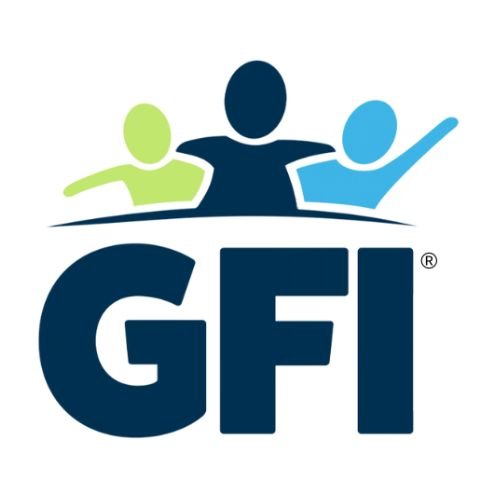Exploring Universal Design and Inclusion
While we celebrate the rainbow of neurodivergence, there also exists a challenge for educators and caregivers, who need to guide many variations of learners, regardless of neurotype, catering to their individual style of comprehension and attention. This is where Universal Design for Learning (UDL) truly changes the game.
Can Disability Harassment in School Be a Denial of Free Appropriate Public Education?
Students with autism are more likely than their neurotypical peers to become the targets of bullying behavior (PACER). When the relational aggression is specific to the student’s disability, it can be deemed disability harassment. Disability harassment is a violation of three federal laws: the Individuals with Disabilities Education Act (IDEA 2004), Sec. 504 of the Rehabilitation Act (1973), and Title II of the Americans with Disabilities Act (1990).
Fostering a Sense of Belonging in the Classroom
With technological distractions inside the classroom, lifestyle stressors outside of it, learning challenges and varying degrees of disability, not to mention every student’s inner voice that questions their worth at every turn, it’s a wonder how learners get through it. Finding a place to learn and belong is of urgent, vital importance. Feeling valued and included by peers begins with the educator, and benefits the grown-ups and kids alike.
5 Steps to a More Inclusive Classroom
Educating a broad cross section of students successfully is difficult without deliberately creating a sense of belonging for all. Universal Design for Learning guidelines help educators develop instruction inclusive of differing learning abilities, neurotypes, genders, and cultures.





